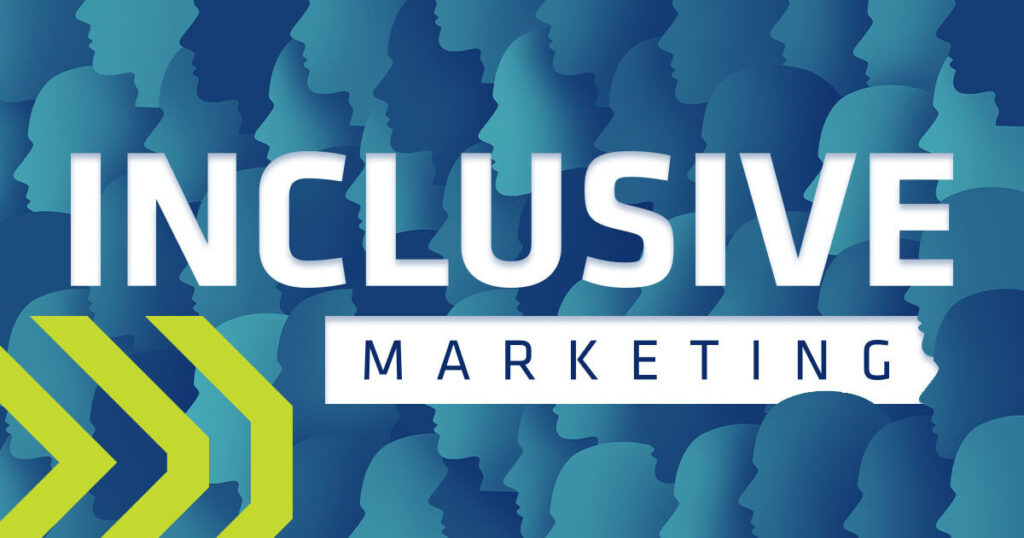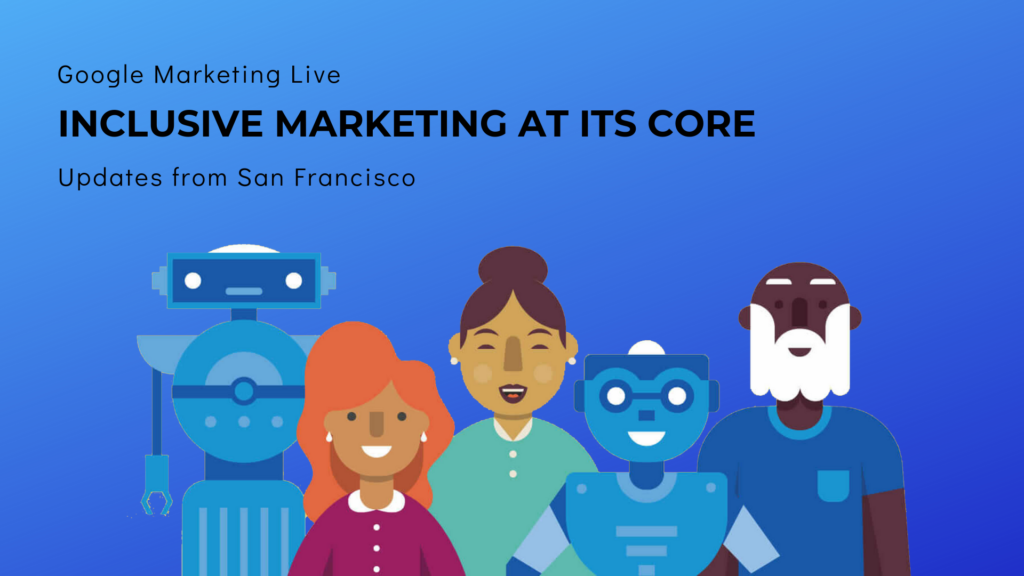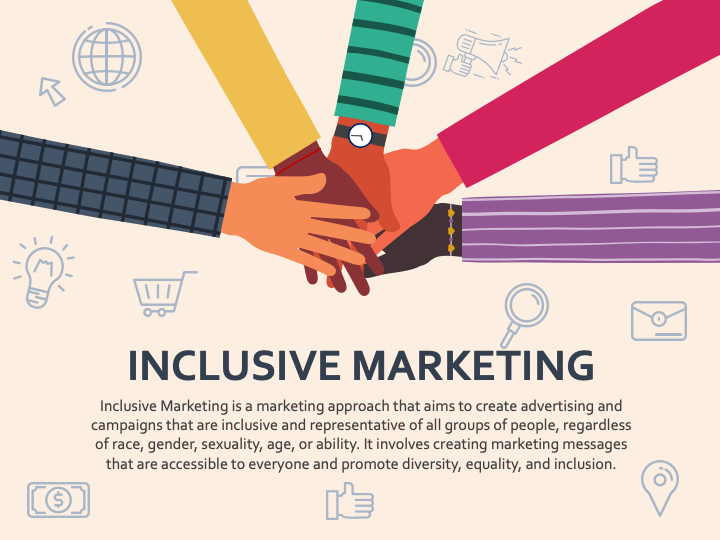
Inclusive Marketing: Empowering Every Voice

Introduction
In today’s diverse and interconnected world, it’s imperative for businesses to embrace inclusive marketing practices. Inclusive marketing goes beyond mere representation; it’s about creating a welcoming and accessible environment for all consumers, regardless of their background, identity, or abilities.

What is Inclusive Marketing?
Inclusive marketing is a strategic approach that ensures that marketing campaigns and initiatives are accessible, relevant, and respectful to all audiences. It involves:
- Representation: Accurately reflecting the diversity of the target audience in marketing materials.
- Accessibility: Making marketing content accessible to individuals with disabilities.
- Cultural Sensitivity: Understanding and respecting different cultural perspectives and values.
- Language Inclusivity: Using language that is inclusive and non-discriminatory.
- Empathy and Understanding: Approaching marketing with empathy and a deep understanding of the needs and experiences of diverse audiences.

Benefits of Inclusive Marketing
Embracing inclusive marketing offers numerous benefits for businesses, including:
- Increased Brand Loyalty: Consumers are more likely to support brands that they feel represent and value them.
- Enhanced Reputation: Inclusive marketing demonstrates a commitment to diversity and social responsibility, which can enhance a company’s reputation.
- Expanded Market Reach: By targeting a broader audience, businesses can increase their market reach and revenue potential.
- Improved Employee Engagement: Inclusive marketing fosters a positive and inclusive work environment, which can boost employee morale and productivity.
- Social Impact: Inclusive marketing contributes to a more equitable and just society by promoting diversity and inclusion.

How to Implement Inclusive Marketing
Implementing inclusive marketing requires a multifaceted approach:
- Conduct Research: Understand the diversity of your target audience and their specific needs.
- Create Representative Content: Use images, videos, and language that accurately reflect the diversity of your audience.
- Ensure Accessibility: Make your website, marketing materials, and social media content accessible to individuals with disabilities.
- Use Inclusive Language: Avoid using discriminatory or exclusionary language. Instead, use inclusive terms that respect all identities.
- Partner with Diverse Organizations: Collaborate with organizations that represent diverse communities to gain insights and support.

Conclusion
Inclusive marketing is not just a trend; it’s a fundamental shift in how businesses approach their target audiences. By embracing inclusivity, businesses can create a more welcoming and accessible environment for all consumers, build stronger relationships, and drive positive social change. Remember, every voice deserves to be heard and valued.

